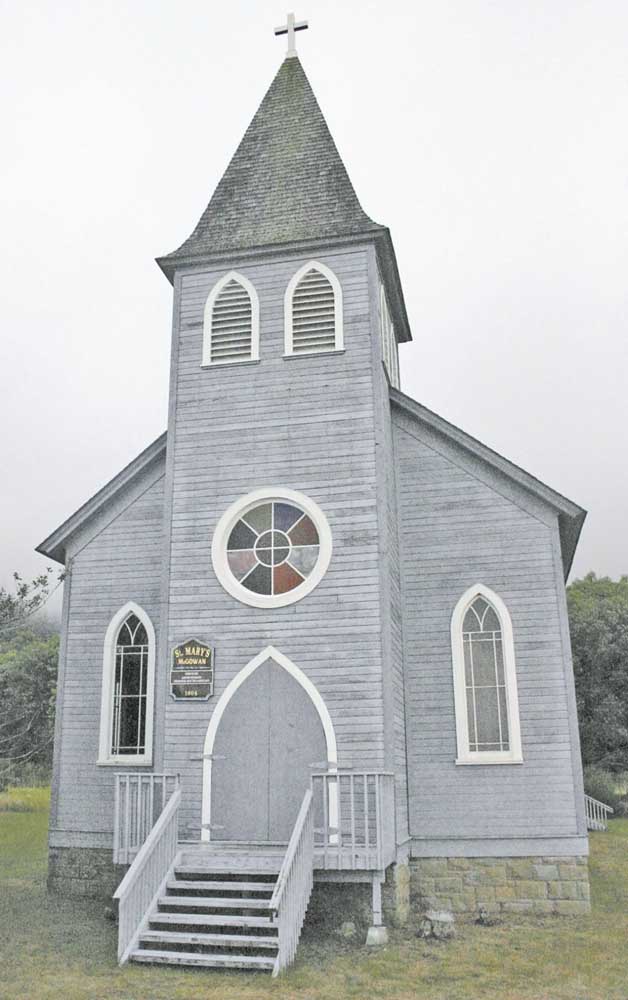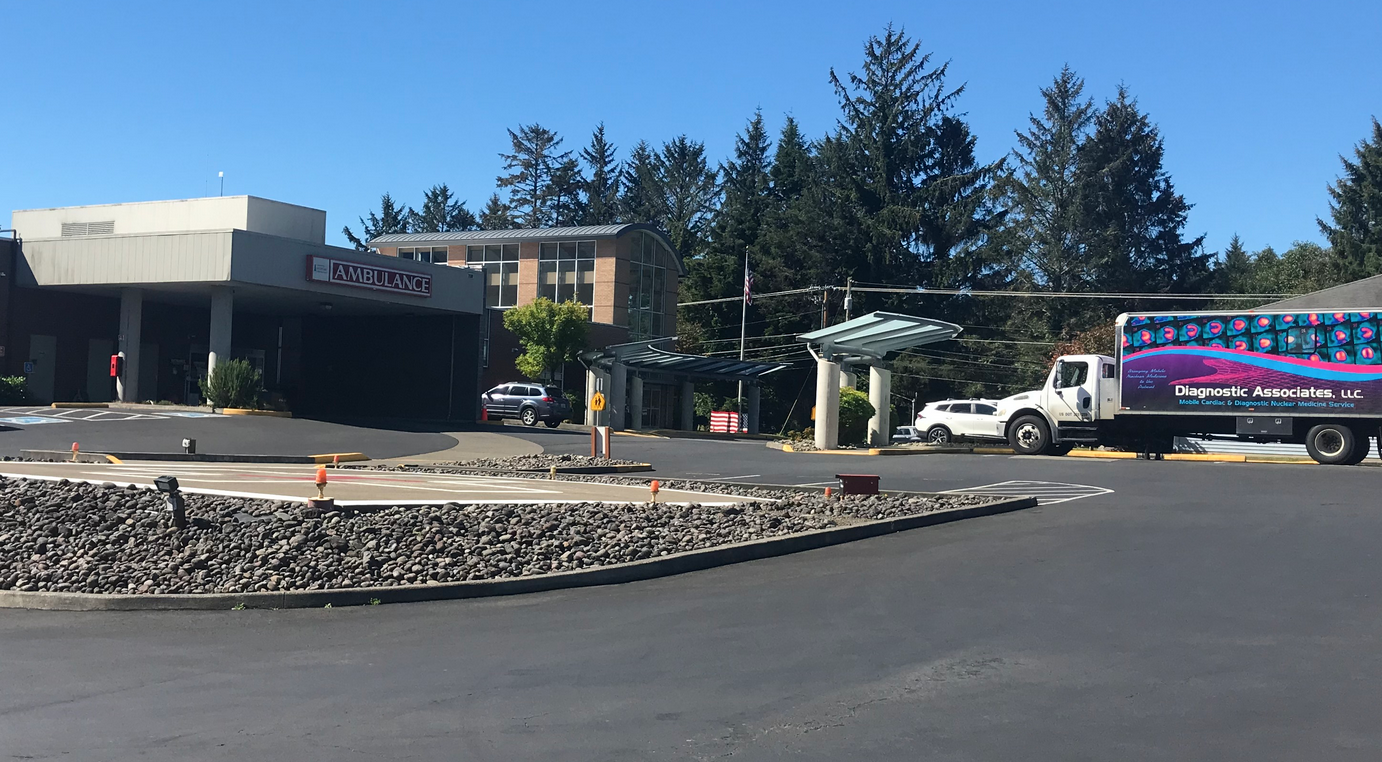Saints or Sinners? Characters of Pacific County: Chinook kids baptized dolls in honor of early priest
Published 9:54 am Wednesday, April 10, 2024

- St. Mary’s Catholic Church on the north shore of the Columbia River was built in 1904 by Patrick McGowan on land once owned by Father Lionnet’s Stella Maris Mission. The beloved little church is still affectionately called “Star of the Sea” by local residents.
Father Joseph Louis Lionnet
The Chinooks called him LaPlate, the closest they could come to the French pronunciation of Le Pretre, “the priest.” He was Father Joseph Louis Lionnet, resident priest of the Roman Catholic Mission, Stella Maris (Star of the Sea), which he established in 1848 on the upstream side of Point Ellice, not far from the Hudson Bay Company Trading Post. Today the area is in Pacific County, Washington State, but that wasn’t so in Fr. Lionnet’s time.
Back then, this was part of Oregon Territory. It was bordered by the British Possessions (British Columbia) on the north, by a vast unorganized territory on the east and by the State of California and Territory of Utah on the south. Fr. Lionnet’s Mission was located in Lewis County; Pacific County would not be created until 1851 and Washington Territory, not until 1853.
Early in the spring of 1848, Lionnet began cultivating his mission garden and sowing the seeds of his faith among the Chinooks. There had been “black gowns” in the area ahead of him. Many Chinooks remembered Father Modeste Demers who had visited from Eastern Canada in 1840, but only for three weeks. He baptized children and explained biblical history to adult tribal members by means if a pictorial device called “the Catholic ladder.” Fr. Lionnet was determined to do more.
During his tenure, however, Fr. Lionnet was mostly alone among the 300 tribesmen in vicinity with the exception of a short time when he was assisted by Father Toussaint Mesphlie. Nevertheless, Fr. Lionnet had ambitious plans for his flock and busily baptized, buried and married Indian and White residents between 1848-1860.
In addition to his mission duties, Father Lionnet became a contributing part of the fledgling White community. His signature is found among seven others on the first petition placed in 1851 before the commissioners of the newly created Pacific County — a petition for a road to be constructed from McCarty’s homestead on the Wappalooche (Chinook) River and connecting with the portage to Willapa Bay.
In his book, “The Northwest Coast Or Three Years Residence in Washington Territory,” James Swan commented extensively concerning Fr. Lionnet’s influence among the members of the Chinook Tribe. Swan devoted a full chapter to the spiritual beliefs of the Chinooks (as he understood them) including his observations of the results of the missionary “training.” Arriving on Shoalwater Bay within a year of Lionnet’s departure and sale of his mission grant to Patrick McGowan, Swan did not express optimism concerning White men’s religion successfully supplanting the traditional beliefs of the Chinook people.
Swan was especially disturbed at seeing a group of Chinook children “playing priest” by having an older boy bestow names on (“baptizing”) all their dolls. He told them “…it was not right to make fun of the priest” but, the children insisted that their dolls should retain the names their “priest” had given them. Swan later learned that this game was a favorite with the children “and showed how much value the ritual of the Church had either been in their eyes or in their parents’, who used to encourage them to mimic the ceremonies that they had seen at Chenook.”
At his departure, Fr. Lionnet said that his stay at Chenook had met with indifferent success, “the whole known fruits of my labors among the Indians consisting of the various names with which I had baptized them.” Many years later, in 1904, McGowan would build a church near his cannery on the original mission land. The church was dedicated as St. Mary’s Catholic Church on May 20, 1906, and is still a north shore Columbia River landmark, affectionately called by locals, “Star of the Sea.”









